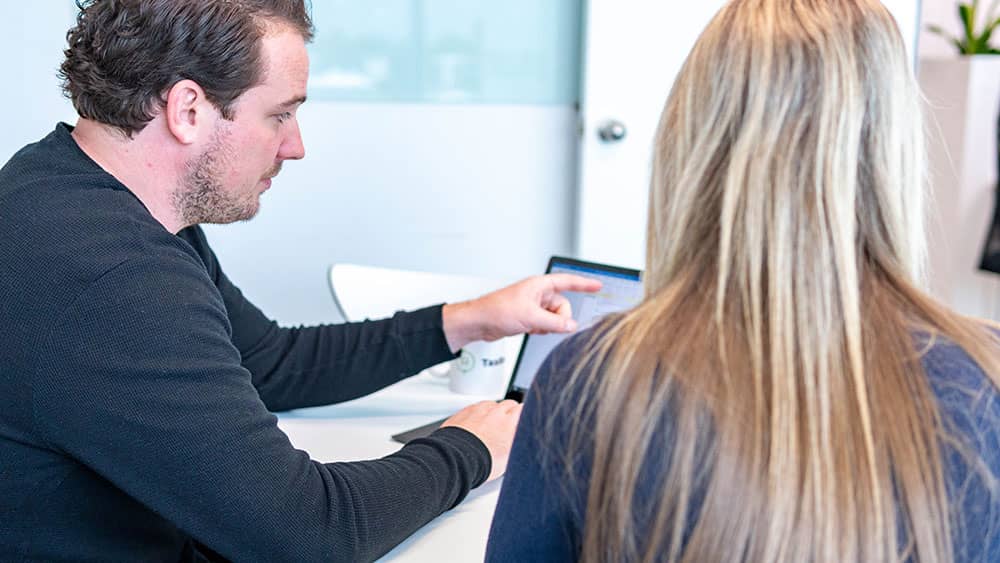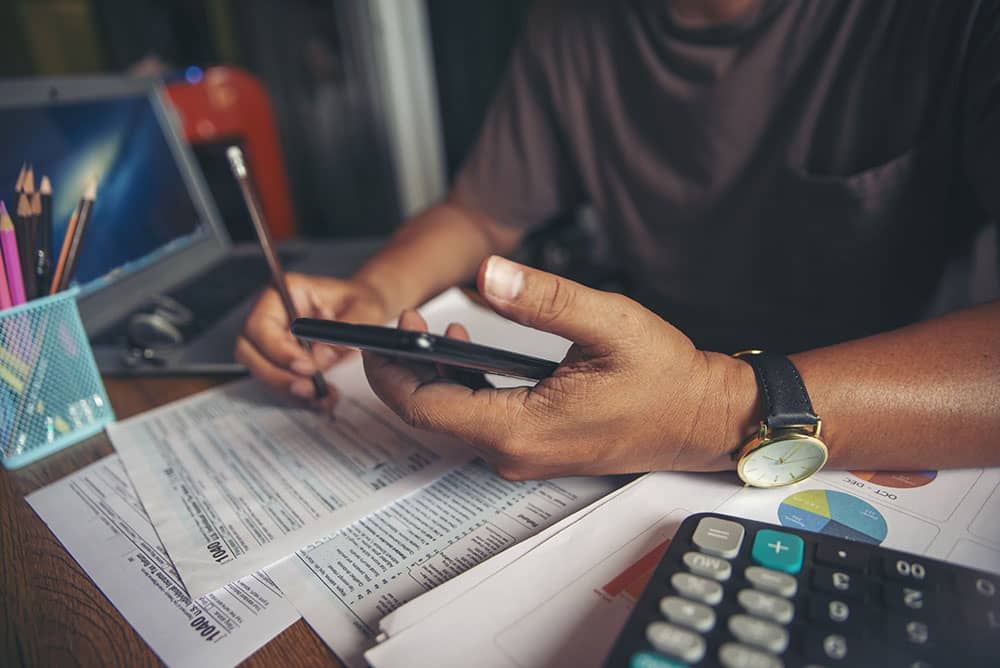[Updated April 19, 2023]
When paying your taxes, you will encounter many terms that may seem confusing to you, and one such term is “depreciation.” What is it exactly? How does it affect your tax return, and how much can you claim back? We will answer all these questions in this blog.
Asset Depreciation Tax Deduction Guide
- What is Asset Depreciation and How Does It Relate to Your Taxes?
- Is Depreciation of Assets Taxable in Australia?
- Keep Your Records
What is Asset Depreciation and How Does It Relate to Your Taxes?
In its simplest definition, depreciation is the decrease in the value of a certain asset over time. This reduction is mainly due to consistent use or wear and tear. The Australian Taxation Office determines the measures on how quickly and how much a particular asset loses value as time passes. Note that an asset is anything that has a dollar value. It could be anything that you bought for your job and affects how you earn money directly.
Some examples include:
- Laptop
- Computer
- Printer
- Mobile phone
- Camera
- Furniture
- Other work equipment
Depreciation is important to know as a taxpayer. It is used to allocate the cost of the asset over its useful life, whether it helps generate sales or revenues. As an earning Australian citizen, you are required by law to pay taxes every year. With depreciation, the amount of taxes you pay reduces through tax deductions.
Is Depreciation of Assets Taxable in Australia?
Depreciation of assets is an allowable deduction in Australia. Assets lose value over time due to wear and tear. As a taxpayer, you are allowed to deduct depreciation on a depreciating asset as part of your expenses. As ATO states, you can claim tax deductions for depreciating assets such as motor vehicles, machinery, furniture, and computers and computer accessories. Thus, you do not pay tax on the depreciation value of the assets.
But instead of deducting everything off in one tax year, you will need to write it off in parts over time. It helps calculate depreciation because you get more control over your finances by planning how much money will be written off every year.

<h2
The number of years in which you depreciate an asset is based on its useful life. For example, you bought a laptop for work, and it is said to be useful for about five years.
Taxpayers should remember this golden rule: After purchasing an asset directly linked to you earning an income, you are not allowed to claim a tax deduction right away. Instead, it should be written off based on the cost of the asset over a particular time, which is typically in several years.
The tax-deductible write-off (depreciation) has a complex process of calculating. It is often time-consuming because of the rules involved. Plus, you need to calculate on a year-by-year basis. You can simplify the whole procedure by hiring a tax agent who will do all the work for you. Nevertheless, there is no harm in understanding the basics of tax depreciation and how it is calculated on an asset.
Let us start with the fundamentals. How do you depreciate assets? You can if you earn income through:
- Running a business and using the depreciating asset as part of your operations
- Being employed in a job where you use the asset to help you earn your income
- Renting out an investment property with capital assets
The asset type that you can write off can vary from another individual. It always depends on how you earn your taxable income. However, it does include items that have a limited life, meaning it will decline in value over time, such as:
- Technology items like smartphones, computers, and laptops
- Tools and equipment
- Office furniture for your home office
- Plant and machinery
- Air conditioning units, hot water systems, or kitchen appliances
To work out the depreciation of an asset, the cost of an item includes the following:
- The amount you paid for when you purchased the asset
- The additional costs incurred, such as through transporting the item and installing it
- Other expenses relating to ensuring the item remains useable like repairs and maintenance services
Please remember that you cannot claim every dollar that you spent on the asset. Claimable depreciation is only based on the extent you use the asset for your assessable income. For instance, if you also use your laptop for home or personal use, you will have to apportion the depreciation charge. You are only allowed to claim the depreciation for work-related use.
Aside from the mentioned rules, there are other guidelines to follow. You can write-off certain assets immediately if:
- They cost $100 or less, and the asset is used to earn your business income
- They cost up to $300 and used for earning income, such as for your job, and not a business.
If you purchased anything that costs greater than the mentioned thresholds above, a different rule applies. The item should be written-off over its effective or useful life. The duration will depend on the type of asset you have. The ATO provides a list of assets and their effective lives. The newest one is TR 2020/2, which you can use as your guide. However, if you disagree with the list, you can self-assess the asset’s useful life.
Now, let us go to the two main methods of calculating depreciation:
- The prime cost, also known as the straight line method, where the price of the asset is written off over its useful life
- The diminishing value method, taking the base value of an asset, letting it diminish every year, and reducing it by the previous year’s depreciation charge
Out of the two, the diminishing value method will give you larger deductions but only in the initial years. Later on, the deductions will get smaller over the asset’s effective life. The formula to follow is:
Base value of the asset x (days owned/365 days) x (200%/effective life of the asset)
You will need to adjust the number of days owned to 366 if it is a leap year. Meanwhile, if you want a consistent deduction each year, choose the straight line method whose formula is:
Cost of the asset x (number of days you have owned the asset/365 days) x (100%/effective life of the asset)
For example, if your laptop is expected to last five years, the prime cost depreciation rate for this asset is 20% of its original value per year.
Keep Your Records
You must keep your tax documents for five years, beginning from 31 October up to the following end of the tax year. For the case of depreciating assets, you should try to keep those records for a while longer.
Here at TaxReturn.com.au, we advise you to keep those documents for the whole period when you claim deductions for the depreciation of assets. Then, as much as possible, you should keep those records for five more years from your last claim.
*General Advice Warning – “Any financial advice provided by TaxReturn.com.au is general in nature and is not personal financial advice. It does not take into account your objectives, financial situation, or needs. Before acting on any information, you should consider the appropriateness of it regarding your own objectives, financial situation and needs.”


